Description of Chalcedony onion, its characteristics and cultivation from seeds
Increasingly, gardeners are trying to grow bulbs using seeds, rather than from the heads. Among them is the Chalcedony onion. It was bred in Moldova and has proven itself with excellent yield and long-term storage.
Variety characteristics
Chalcedony is one of the many varieties of white onions. Characteristics of the advantages of onions:
- disease resistance;
- the possibility of growing in large areas;
- excellent taste;
- an abundance of trace elements;
- long-term storage and presentation.
This is a small list of the merits of Chalcedony.
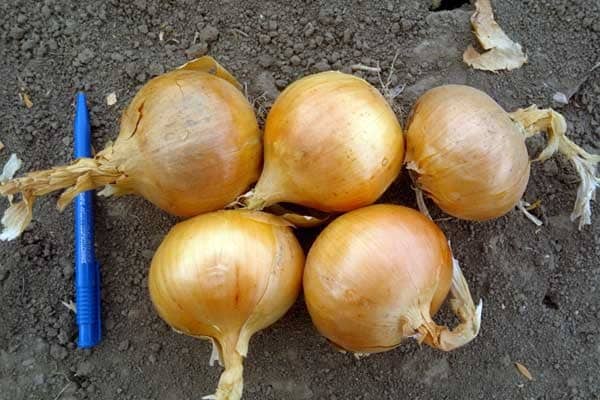
The variety is early maturing - it takes only 100-110 days from planting seeds to obtaining bulbs. It is grown in open areas in two ways. Sowing seeds for seedlings or directly into the garden for growing. Seeds are sown for seedlings in February-March at home, the resulting small heads are transplanted into open ground with the onset of warm days.
Continue to grow in the garden until harvest. The yield of the variety is high - up to 7 kilograms of ripe fruits are removed from one square.
Description of the variety - heads of medium size, round or flat-round shape of golden color. The core is white. On the beds, the bulbs ripen up to 130 grams. The variety has a sweet-pungent taste without the pungent odor that most bulbs have.
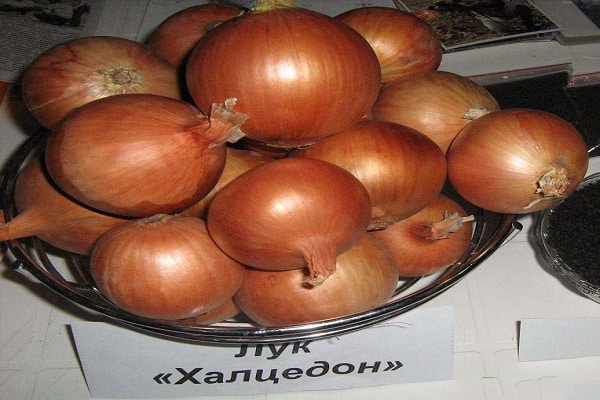
The variety is suitable for growing on plantations, because it is stored for a long time and does not lose its taste. The feathers are high, reaching a height of 15 centimeters. The taste is slightly spicy, sweet, spicy. Great for preparing summer salads.
Growing methods
Usually onions are grown by planting small bulbs in the garden. Sevok is sold in seed stores. But Chalcedony is not the case; in the southern regions of Russia it is successfully grown by planting seeds in the ground, as well as growing feathers in winter in heated greenhouses.
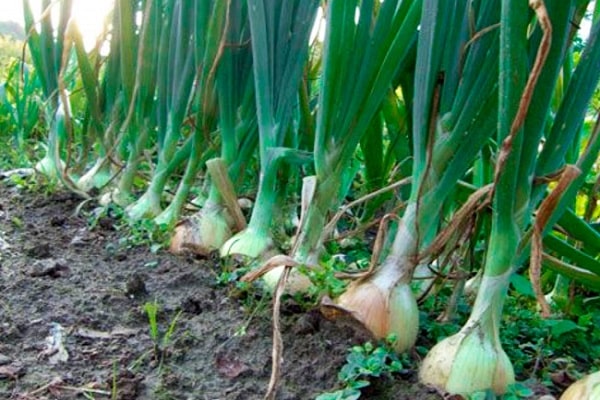
Planting seeds through seedlings
To grow bulbs from seeds, the latter need to be prepared for sowing. To do this, several manipulations are carried out:
- calibration;
- disinfection and soaking;
- germination.
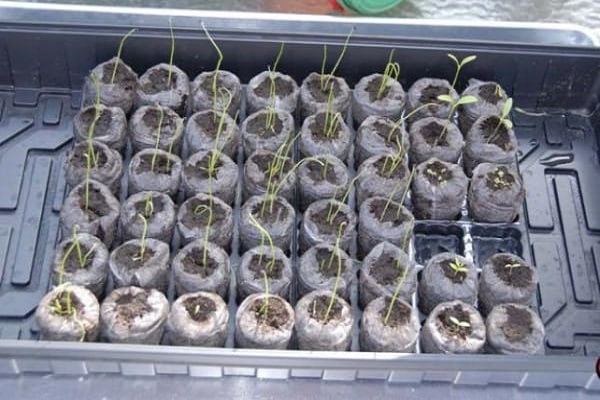
Fertile and loose soil is prepared for sowing seeds. Seeds are planted in late February and early March, at the time of transplantation, the seedlings should grow to an age of 60 days.
Selected seeds are soaked in a strong solution of potassium permanganate and soaked in wet gauze until germination. Then the sprouted grains are planted in prepared soil and covered with foil until greens appear. When the feathers appear above the ground, the film is removed, and the seedlings are placed in a warm, sunny place for further growth. When it gets warmer outside, the seedlings are transplanted to the garden in fertilized soil. After planting, manipulations are carried out to care for the plants.
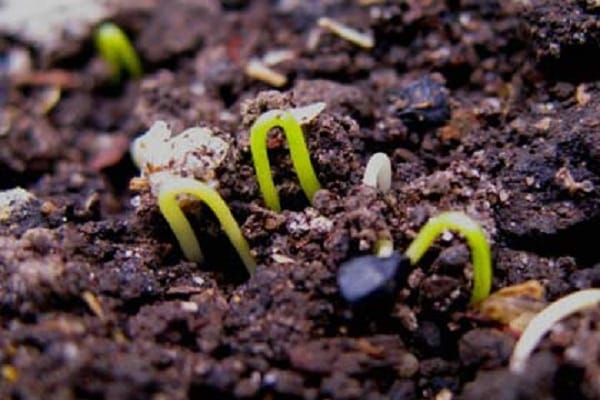
Planting with sevkom
It is much easier to buy ready-made seedlings in the store and plant them on the site in April-May. Thus, gardeners save time and effort to grow seedlings with seeds of other plants. Before planting, the sets also need to be prepared. To do this, all heads are warmed up to a temperature of 40 degrees, then soaked in a Fitosporin solution, brought to a temperature of 36 degrees with the addition of urea: 1 teaspoon per 5 liters of water. This activity destroys pathogenic bacteria and nourishes the seed.
Sevok is planted on the ridges at the end of April, when the air temperature is above zero. Before planting, the land is prepared, dug up and fertilized. Then the onion will ripen faster and grow large.

Biennial turnover of onion cultivation
This method is used by those who want to plant their own grown seedlings in the garden next year. For cultivation from onion seeds, Chalcedony is grown in the beds when the warming begins, until the heads are formed, suitable for planting the next year.
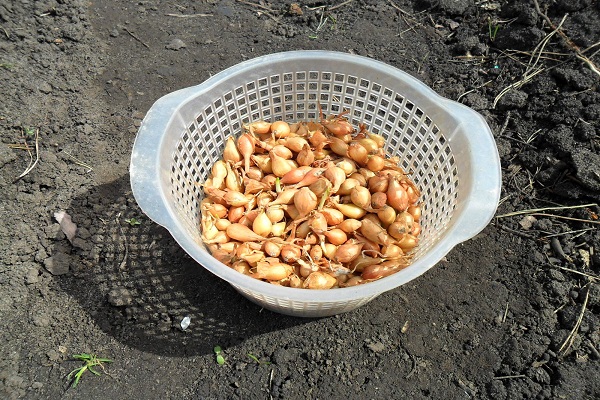
Sowing seeds on a feather
This onion variety is popular with gardeners who grow feathers in winter in heated greenhouses.
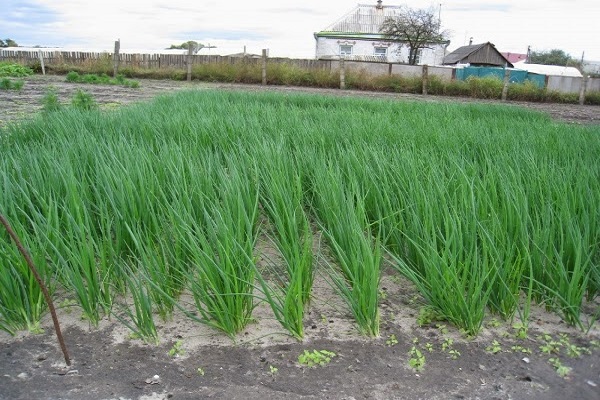
Onion plant care
Caring for onions, like all other plant varieties, consists in:
- watering;
- weeding;
- loosening;
- fertilizing the soil.
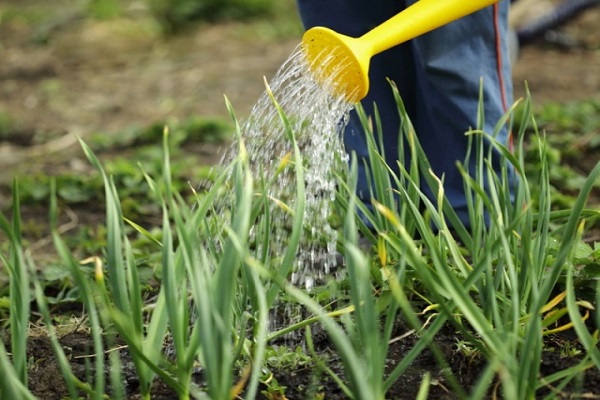
Watering is carried out as the soil dries, while when the heads are poured, you need to reduce watering, then when storing onions will not rot. It will contain more dry matter.
Weeding is carried out as the grass grows, this procedure must be carried out. Otherwise, the heads will not grow to the desired size.
They loosen the soil around the heads so that there is air access to the roots and the plantings develop correctly.

Fertilizing is optional, each gardener decides for himself whether this procedure is needed or not.
Harvesting
Onions are picked selectively when 2-3 dry orange scales are formed on the head. The neck is dry and thin. The feathers have withered and turned yellow.
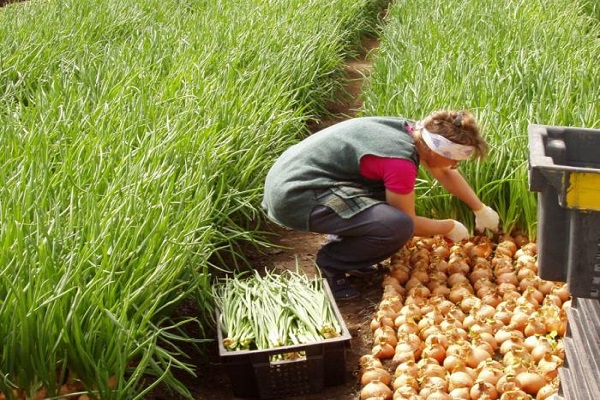
Harvesting is carried out in dry sunny weather, leaving the heads to dry in the sun. At night and in the rain, the heads are hidden under cover. After drying, the onions are sorted out, cleaned of sand and excess scales and placed for long-term storage. Thus, the harvest is stored until spring.
Due to its fruitful qualities, onions have received numerous reviews from amateur and professional gardeners. They celebrate early maturity, the possibility of growing by seeds, excellent taste and much more.
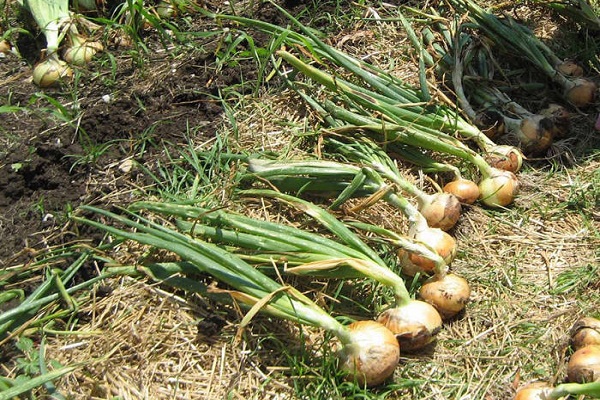
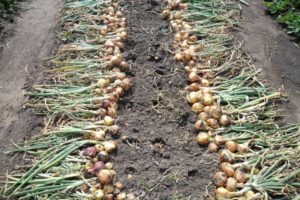
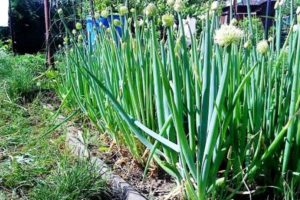
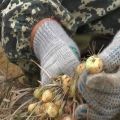

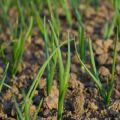
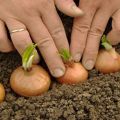
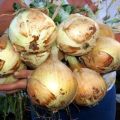
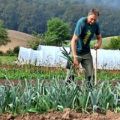
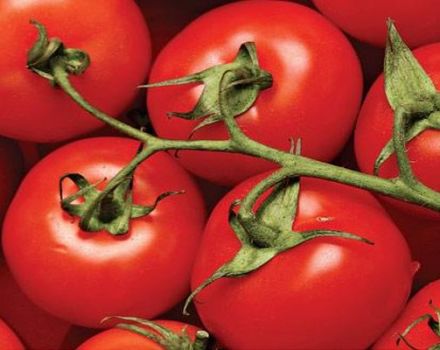
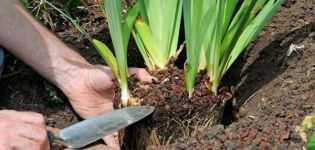
I, too, used to think that why fertilize onions - and so it will grow. But then I tried to fertilize a little with a mullein and also used a growth activator BioGrow - the onions are much larger, and the overall harvest is larger.